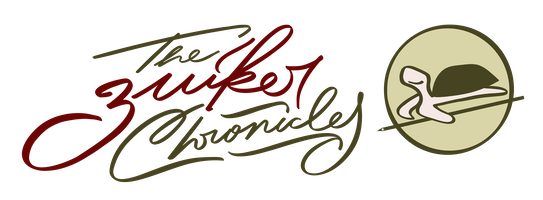Modus operandi
by Anton Zuiker on December 18, 2022
At work this week, I met with my manager and my communications team for one-on-one mid-year performance reviews (Duke is on a July-to-June fiscal year). It’s been a productive and positive first six months for the DCRI Research Communications & Engagement Department, and the RADx-UP team I manage. I am grateful for this job, the professional and supportive group around me, and the meaningful work that fills each day.
Completing my part for the review of each of my teammates went faster this time around because of a new routine that I started us on in September. Now, at the end of the month, I ask each person to update a “work notes” file to record the highlights and kudos that can help our managers track our performance (RCE has a very detailed set of performance goals) and accurately rate our work at the end of the year.
This is your reminder to document your work and any relevant feedback. Be succinct.
- What were your primary activities this month?
- What projects, products, or events did you complete this month?
- What feedback did you receive from colleagues, peers, managers, or others?
- What insights about your work did you get?
- What did you do for your personal well being and your career development?
- What are your primary activities for the month ahead?
- What issues, challenges, or opportunities do you need to talk to your supervisor or team about?
Having this information for the last few months made it much easier for me to write my self-evaluation and to focus my feedback on the successes of each person. I hear from my fellow managers that they have adopted and adapted the work notes for their teams, too. Our work at DCRI is so fast paced that having this routine reminds us to jot down notes about our activities, insights, and feedback as they happen. I hope we keep it up and refine the habit.
I was inspired by Dave Winer to start this work-notes routine. Dave details progress on his development projects with his notes outlines; for example, here’s the Change Notes for Drummer. Dave also has a ritual to post the OPML archive of his blog each month. I’m glad I was able to find a way to put those two ideas together.
Now I think I will add work notes to my list of effective styles of communication
A rule and a tool
In the process of talking through those mid-year reviews and sharing my approach to project management and communications support, I came upon a second addition to make to that list of styles.
In my graduate studies—science and medical journalism at the University of North Carolina at Chapel Hill—I learned the rule “You can’t explain what you don’t understand.” I recite that rule to myself daily, and also use it as a reason to ask the operations team for clarity on what they need from our communications team. When I better understand the new program or initiative, I draft a fact sheet and communications plan. Basicially, it’s the five Ws (and an H) that I learned as a young journalist though reordered to what, why, and who to define the project and followed by a plan for how and when we’ll communicate the result.
That’s my rule and a tool, I told a colleague, recommending that she build on them to create her own methods. I’ll be watching her work notes in the months ahead to see what she develops.
Next post: Where I traveled in 2022
Previous post: Que gran partidoGo to HOME

